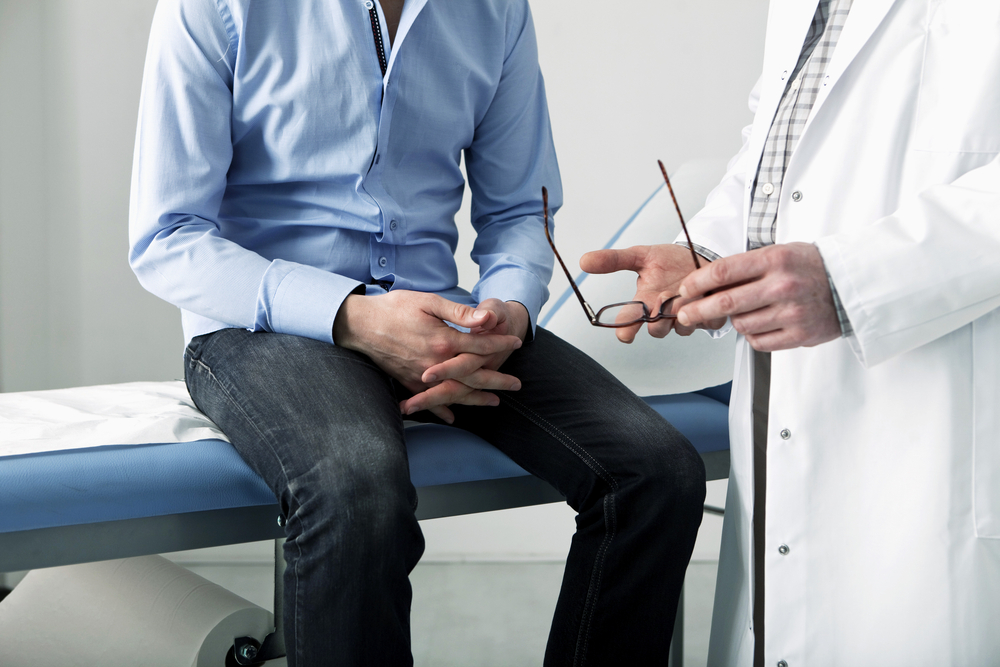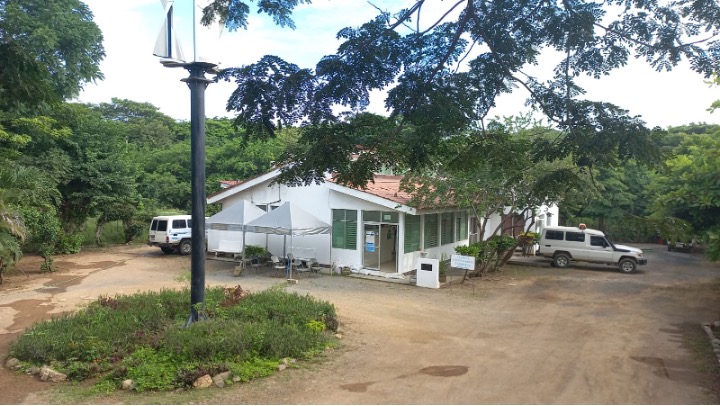A Pressing Question About Prostate Health
Dr. Phil Roberts|January 10, 2020

We’ve received a lot questions in the mailbag about prostate health.
It makes sense. It’s an all-too-common health concern for the over-50 set… and there’s a lot of conflicting information out there.
Maintaining a healthy prostate requires a little bit of Know-How that conventional medicine tends to gloss over.
And since this is such an important topic that affects all men, I hope our female readers will share the following information with the men in their lives.
Is This You?
Prostate health grows increasingly important with age.
By the time men hit age 60, there’s a 50% chance they’ll be dealing with benign prostatic hyperplasia (BPH), also known as an enlarged prostate.
And for those 85 and older, the likelihood jumps to 90%.1
If you’re waking up in the middle of the night to hit the head, you might have an enlarged prostate.
If you have trouble urinating, you might have an enlarged prostate.
And if you get the urge to pee again shortly after going, you might have an enlarged prostate.
That’s because as the prostate grows, it puts pressure on the urethra and can block or disrupt urine flow.
But the trouble doesn’t end there…
If the prostate continues to grow, it can leave you unable to completely empty your bladder.
This can lead to urinary tract infections, bladder stones and eventually the complete inability to go to the bathroom, which can cause devastating kidney and bladder damage.
A Band-Aid Approach
Most docs will typically address the symptoms of an enlarged prostate with two main classes of drugs: alpha blockers and 5-alpha-reductase inhibitors.
Alpha blockers relax the bladder and prostate, which can give relief when it’s time to go… but they don’t do anything to reduce the size of the prostate. It’s a temporary fix to a long-term problem.
As for 5-alpha-reductase inhibitors, this class of drug stops testosterone from converting to dihydrotestosterone (DHT). Because DHT stimulates prostate growth, reducing its levels can actually shrink the prostate.
But it’s not all sunshine and puppy dogs…
Even the FDA has acknowledged that these inhibitors come with an increased risk of high-grade prostate cancer.2
For me – and my patients – the risk isn’t worth it.
There are better options out there to find and treat the root cause of this pressing issue…
Finding Balance
It’s all about your hormones.
Estrogen is an essential hormone for women… but can be troublesome for men. As men age, it naturally increases as testosterone decreases. It can lead to weight gain, fatigue and even diabetes, heart disease and prostate cancer.3
It’s been called “the angel of life” because it causes cells to grow… but since breast tissue and prostate tissue are very similar in makeup, high levels of estrogen can cause the prostate to grow.[4]
The simplest way to address high levels of estrogen is to increase levels of progesterone, which slows the growth of estrogen.
There are synthetic forms of progesterone on the market, called progestins. But I don’t recommend them because they have been shown to lead to an increased risk of certain cancers.
Natural progesterone can be found in over-the-counter creams and also in pill supplements.
Then there are dietary options…
While food doesn’t contain progesterone per se, dietary staples like broccoli, cabbage, kale, nuts, spinach and whole grains can trigger a natural, increased production of progesterone.
Bananas, shellfish and walnuts are known to lower estrogen levels and help balance your progesterone-estrogen ratio.
Give Yourself a Boost
It wasn’t long ago that testosterone was believed to be a catalyst for prostate cancer.5
Now we know that maintaining testosterone levels is crucial to maintaining optimal prostate health and therefore size.6
And there are simple ways to increase testosterone levels.
D-Aspartic acid is a natural amino acid that helps to boost low T levels.
Just 12 days of a D-Aspartic acid regimen has shown to significantly boost testosterone production and its transportation around the body.7
Vitamin D is another cheap and easy way to boost the body’s natural testosterone levels.
Those who get at least 3,300 international units (IU) of vitamin D per day have shown an impressive 20% increase in testosterone production.8
Hormones are the lifeblood of our bodies. If they aren’t at the right levels… too many things can go wrong. So have your doctor check these hormone levels to make sure they’re where they should be for optimal prostate health.
For reference, here are the recommended levels:
- Progesterone: above 1.2 nmol/L
- Estrogen: 23-35 pg/mL
- Testosterone: above 750 ng/dL.
As always, please keep the questions coming! You can shoot me a message any time by clicking here. Just remember that I cannot give personal medical advice.
And until next time, I want to wish everyone a happy and heathy new year.
References
- https://www.health.harvard.edu/mens-health/the-growing-problem-of-an-enlarged-prostate-gland
- https://www.fda.gov/drugs/drug-safety-and-availability/fda-drug-safety-communication-5-alpha-reductase-inhibitors-5-aris-may-increase-risk-more-serious
- https://www.bodylogicmd.com/hormones-for-men/estrogen
- https://www.ncbi.nlm.nih.gov/pmc/articles/PMC3179830/
- https://www.uspharmacist.com/article/testosterone-supplementation-not-linked-to-aggressive-prostate-cancer
- https://www.medscape.com/viewarticle/910647https://www.medscape.com/viewarticle/910647
- https://www.ncbi.nlm.nih.gov/pubmed/21154195
- https://www.ncbi.nlm.nih.gov/pubmed/19860889



